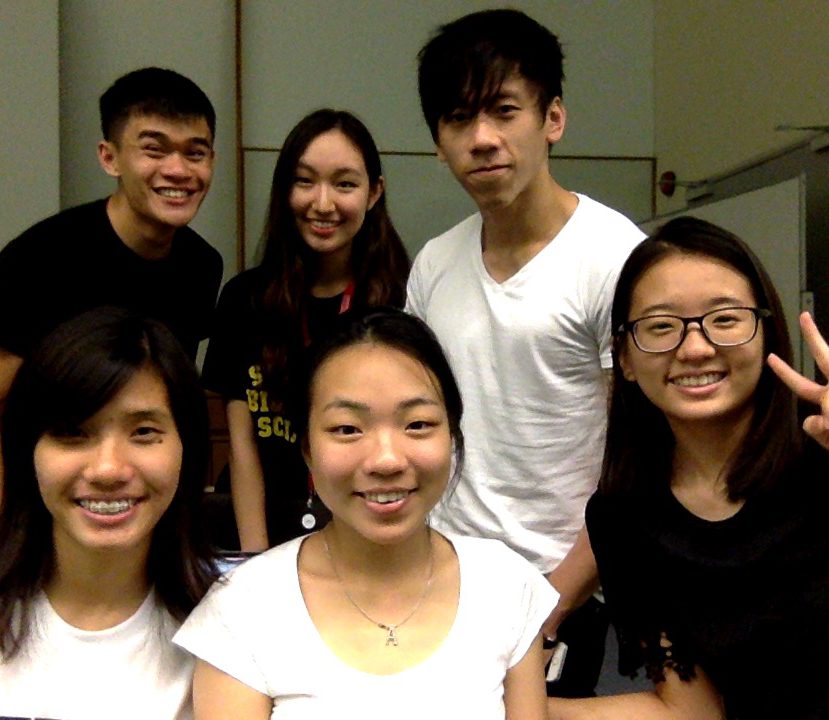PSI stands for ‘Pollutant Standards Index’. it is an index meant to provide accurate and easily understandable information about daily levels of air quality. It is widely used in many countries, such as United States, Australia, Hongkong, Singapore, and Taiwan.
The ambient air in Singapore is monitored through a network of air monitoring stations located in different parts of Singapore. The 24-hour concentration levels of particulate matter (PM10), fine particulate matter (PM2.5), sulphur dioxide (SO2), nitrogen dioxide (NO2), ozone (O3), and carbon monoxide (CO), and other pollutants are measured and used to compute PSI.
The 24-hour PSI is more commonly used than hourly PSI as most studies on the health effects of short-term exposure to PM uses 24-hour measurements. These studies indicate a positive correlation between health effects and 24-hour PM averages. Hence, the health advisory in Singapore takes reference to 24-hour PSI readings.
Another reading provided by the health advisory of Singapore is the 1-hour PM2.5 concentrations.PM2.5 is the dominant pollutant for Singapore’s haze pollution. The 1-hour PM2.5 concentrations reflect the PM2.5 levels averaged over one hour, and gives an indication of the current air quality. However, the 1-hour PM2.5 concentration levels can be volatile and tend to fluctuate over the day especially during periods of transboundary haze. Short-term fluctuations will also be very heavily influenced by weather conditions. Therefore, the 1-hour PM2.5 concentration is best used as a guide to adjust immediate activities.
References
http://www.haze.gov.sg/docs/default-source/faq/computation-of-the-pollutant-standards-index-(psi).pdf
http://www.nea.gov.sg/anti-pollution-radiation-protection/air-pollution-control/psi/faqs-on-psi
http://www.who.int/workforcealliance/members_partners/member_list/psi/en/

